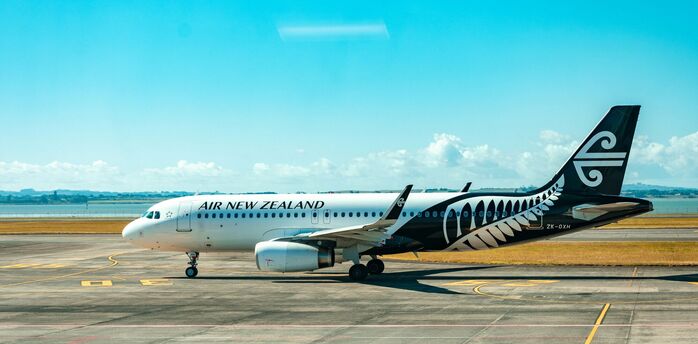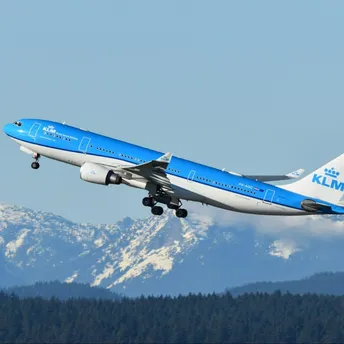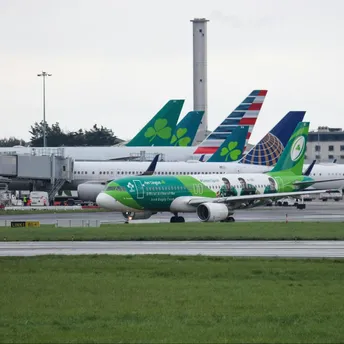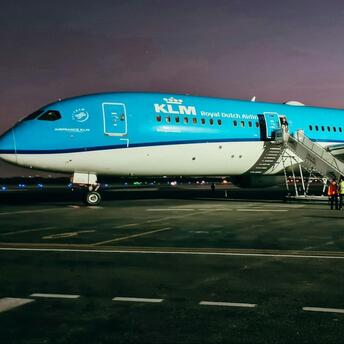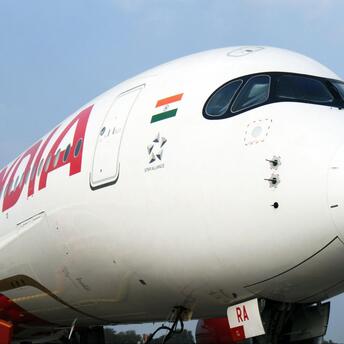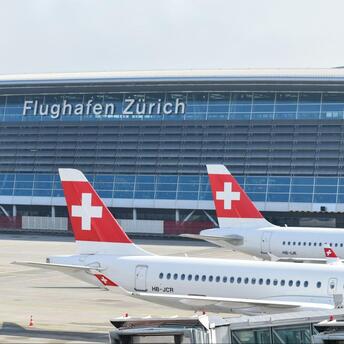The Top Five Most Connected Airports in the U.S.: A Hub of Possibilities

Air travel is not only about getting from point A to point B. For many travelers, particularly those on international or multi-leg journeys, the connectivity of an airport plays a crucial role in shaping their experience. Well-connected airports serve as pivotal hubs, offering smooth transitions between domestic and international flights, and providing travelers with a wide array of route options. In the United States, several major airports stand out for their robust network of flights, connecting millions of passengers to destinations across the globe. Here’s a look at the top five most well-connected airports in the U.S., highlighting what sets them apart.
1. Chicago O’Hare International Airport (ORD): A Central Nexus
Chicago O’Hare International Airport consistently ranks as one of the busiest airports in the world and tops the list as the most well-connected in the U.S. Strategically located in the Midwest, O’Hare serves as a major hub for both domestic and international flights, making it a vital connection point for travelers across the country and beyond.
United Airlines and American Airlines, two of the largest U.S. carriers, use O’Hare as a primary hub, contributing to its vast network of flights. The airport offers direct routes to more than 230 destinations worldwide, making it a critical gateway for those heading to Europe, Asia, and the Americas. O’Hare's extensive reach and central location give it a strategic advantage for both transcontinental and international travelers, providing seamless transitions between flights with minimal backtracking across the U.S.
Additionally, O’Hare’s connectivity benefits from a significant number of daily flights and well-established infrastructure. With multiple runways and advanced air traffic control systems, it handles a high volume of passengers while minimizing delays, further solidifying its role as a premier aviation hub.
2. Hartsfield-Jackson Atlanta International Airport (ATL): The Global Giant
Hartsfield-Jackson Atlanta International Airport has long held the title of the world’s busiest airport by passenger volume, but its strength also lies in its connectivity. As the main hub for Delta Air Lines, Atlanta serves as a vital gateway for travelers both within the U.S. and globally.
Boasting direct flights to over 150 domestic destinations and nearly 70 international cities, Atlanta’s connectivity is hard to rival. Its central location in the southeastern United States makes it a key transfer point for travelers heading to Europe, Latin America, and the Caribbean. In addition, its efficient design, with parallel concourses and the world’s largest airport terminal, helps streamline connections between flights, making it easier for passengers to navigate through the airport without long delays.
For both domestic and international travelers, Hartsfield-Jackson’s ability to connect various regions with ease has earned it a spot as one of the most important hubs in global aviation.
3. Dallas/Fort Worth International Airport (DFW): A Major U.S. Connector
Sprawling over an area larger than Manhattan, Dallas/Fort Worth International Airport is one of the busiest and most expansive airports in the world. As the primary hub for American Airlines, DFW plays a pivotal role in connecting passengers to cities across the U.S., Latin America, Europe, and Asia.
DFW’s geographic location in Texas positions it as an ideal transfer hub, particularly for passengers traveling between the East and West Coasts or between the U.S. and South America. It offers direct flights to more than 260 destinations, making it a vital stop for business travelers and tourists alike. The airport’s efficient layout, along with advanced technologies and modern facilities, ensures smooth connections, even for those making tight transfers between long-haul flights.
Moreover, DFW’s continued expansion efforts, such as adding new terminals and runways, further enhance its connectivity. As the airport grows, it’s poised to maintain its role as a key player in international and domestic air travel.
4. Denver International Airport (DEN): The High-Altitude Hub
Denver International Airport, located in Colorado’s capital, has rapidly grown into one of the nation’s most important airports in terms of connectivity. Its strategic position in the Rocky Mountain region makes it a natural gateway between the eastern and western parts of the U.S., as well as a crucial point for flights to Canada, Mexico, and beyond.
Known for its iconic tent-like terminal design, Denver boasts flights to more than 200 destinations. The airport’s position at high altitude allows it to operate flights with unique routes, serving as a key transfer point for domestic travelers and those flying to international destinations. United Airlines and Southwest Airlines both maintain significant operations at Denver, further boosting the airport’s connectivity.
While Denver may not be the busiest airport on the list, its geographic location and range of flight options make it a critical hub for U.S. and international air traffic.
5. Los Angeles International Airport (LAX): Gateway to the Pacific
Los Angeles International Airport is often seen as the primary gateway to Asia and the Pacific, but its connectivity extends far beyond. LAX serves as a major international hub, with direct flights to Europe, South America, and Oceania, in addition to a robust domestic network connecting cities across the U.S.
As a major hub for airlines such as American Airlines and Delta, LAX handles a vast volume of international passengers, with flights connecting nearly 100 international destinations. LAX's proximity to Hollywood and Silicon Valley also draws significant business travel, while its extensive terminal facilities provide services for a wide range of airlines, offering travelers ample options for connections.
In recent years, LAX has undergone massive modernization efforts, improving passenger flow and reducing connection times. With state-of-the-art terminals and enhanced security processes, LAX ensures that passengers can easily transfer between flights, whether they are heading across the Pacific or just to another U.S. city.


